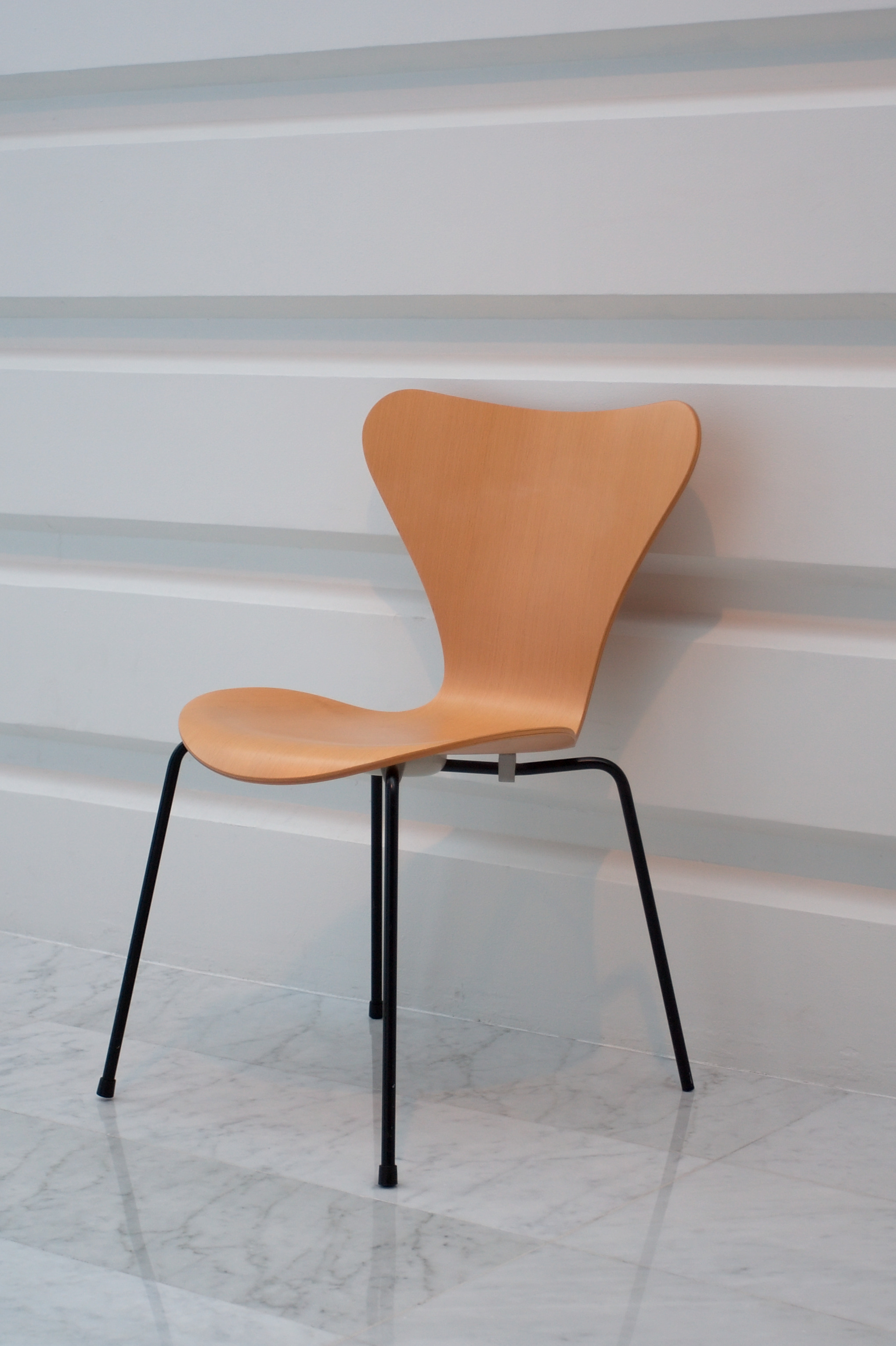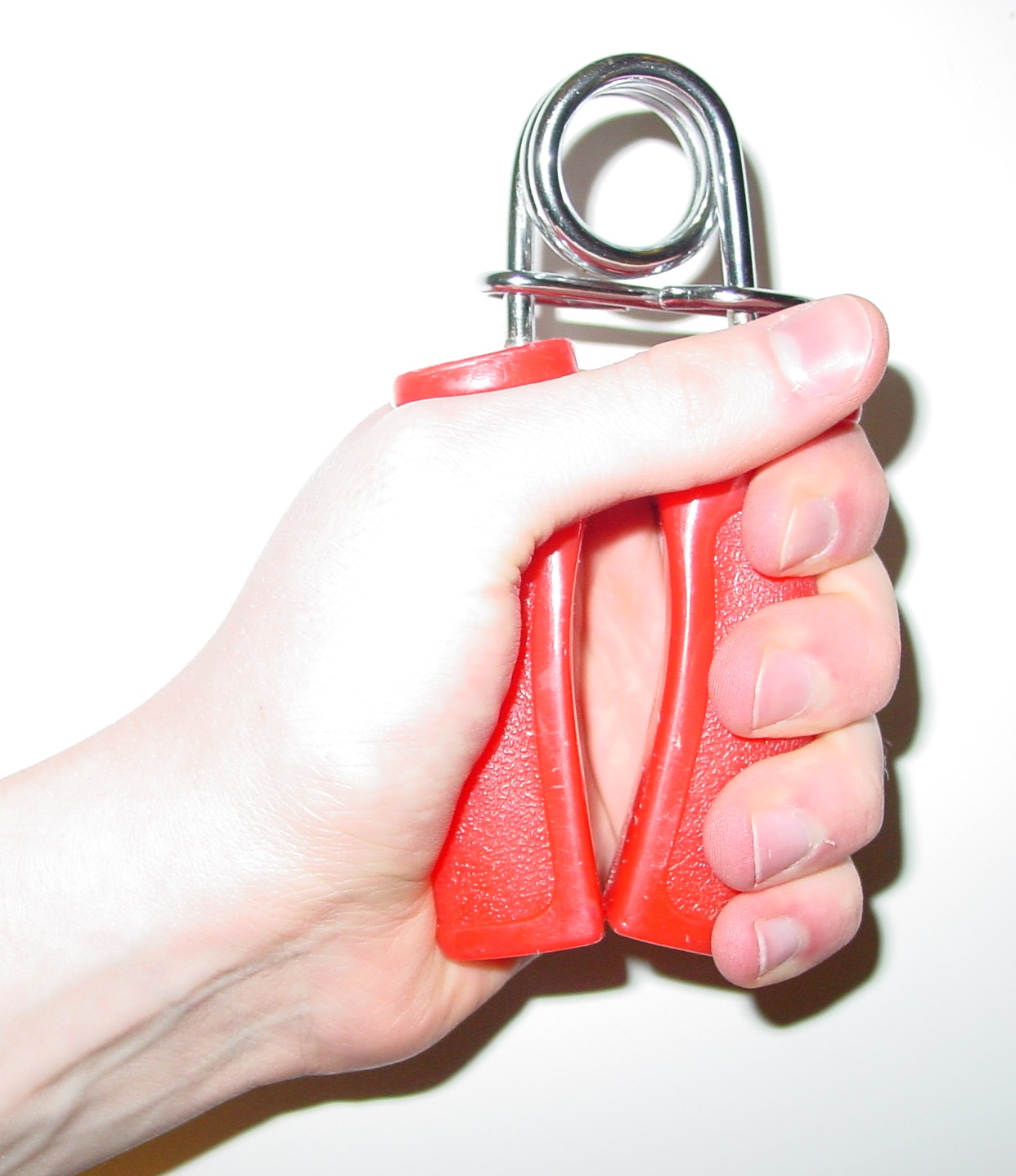
I did a gig with (one of) my recorder group(s) recently, and it brought to the surface something I’ve been thinking about for a while. I noticed myself, while playing, wanting to somehow ‘perform’ – to signal to the audience that I was having a good time. Every time I did, I made a mistake. When I followed my performance process – that is, when I just played the piece in front of me and didn’t think about how the work was being received – the performance was better. It led me to a clear understanding of this idea:
There is a difference between sticking to the process and creating a performance that the audience can embrace, and wanting to ‘perform’. The latter is a different process. At best, it will run alongside the process that actually does lead to the performance; at worst, it will detract from it.
What is performance process?
So what do I mean by ‘performance process’? Quite simply, I mean all acts that contribute to a performer creating a performance of a work. Some people do this without a lot of formal training; they go about certain activities – like studying the play text, or working on sections of their music score – and without being aware of it, create a cohesive and coherent understanding of the work that they then present to an audience. Others learn how to do these processes: they learn text study, or score reading, or counterpoint and harmony. They learn how to rehearse and practice effectively, and they learn how to take the work they’ve done in the rehearsal room onto the stage.
In either case, whether intuitive or formally trained, I would argue that the performer is, when creating a process, following a line of research and reasoning. They are creating an interpretation of a work, and the means by which they will take that interpretation fo the stage. The questions I’ve given below might form broad categories for investigation while creating the performance process:
- What information can I find to help me decide what the work means?
- What do I want to convey to an audience?
- What do I need to do in order to give an audience everything they need so that they can piece together my understanding of the work?
You might notice that these questions are very similar in conception to the steps FM Alexander suggested we follow when constructing a process:
(1) to analyse the conditions of use present;
(2) to select (reason out) the means whereby a more satisfactory use could be brought about;
(3) to project consciously the directions required for putting these means into effect.[1]
Wanting to ‘perform’ defined
I want to draw a clear distinction between the work done creating and following a performance process with what happens when a performer starts “wanting to ‘perform’.” Here are some of the motivating factors that I notice in myself when I slip into this mindset.
Wanting to perform:
- Helping the work along
- Showing the audience I’m enjoying myself
- Showing the audience what I want them to know
- Making the audience feel stuff
- Making the audience enjoy the music.
I think a lot of us will have experienced these desires at some point in our performing careers. It might not have occurred to you before, but they are all examples of departing from the performance process that you have designed, and doing something different instead. That’s why I made mistakes as soon as I started trying to show the audience that I was having fun: I had stopped following the process that we might call ‘Performing the piece’, and instead creating a new process that we might call ‘Look how much fun I’m having!’
As I look at all those motivating factors written down, I can see that there’s a common factor in all of them: lack of trust. Let’s examine that a bit further.
Trust issues in not sticking to performance process
There are three major trust issues that I can identify when I indulge my desire to ‘perform’ a work. One is about not trusting the work, one is around not trusting the audience, and the final one is about not trusting myself. Let’s take them in turn.
Helping the work along.
If I try to ‘help a work along’, I’m tacitly admitting that it needs my help in order to be fulfilling to an audience. If a work is good, I don’t need to help it along; it will contain everything necessary for an audience to enjoy it if I just do the work of playing the notes/motivations/saying the words with the right inflections in the right places. If I try to ‘do a bit more’ to get the work across, then I’m effectively saying that I don’t believe the work has enough integrity to be able to stand for itself. If it doesn’t have integrity, I probably shouldn’t be performing it at all!
Not trusting an audience to understand or enjoy the work for themselves.
If I want an audience to see how much I’m enjoying playing, then I am imposing my enjoyment upon them; I am overstepping a boundary. We can’t make the audience feel anything, and we can’t make them feel any more strongly if we force our personal feelings upon them. Any actor or comedian will tell you what happens if an audience in a comedy is a bit slow and the actors start to try to make the audience laugh: the audience typically will ‘sit on its hands’ and place itself in opposition to the performers. Then nobody has any fun!
Neither can I force an understanding upon an audience. I can give them enough information so that they can easily make the logical/emotive leaps that I hope they’ll make, but again, I am not responsible for someone else’s understanding. This has a distinct parallel with teaching: you can put information in front of a student, but it is up to the student to do the work of integrating that information into understanding.
Not trusting myself
It might not be obvious at first glance, but if I switch from the ‘Perform the piece’ process to ‘Look how much fun I’m having’, I’ve actually made a decision that my original process wasn’t adequate. Not only have I made that call mid-performance, but I’ve made it with no evidence that I’m correct. I’ve chickened out – dropped everything I’ve rehearsed in order to make up a new process ‘on the fly’.
FM Alexander had a similar issue when he was experimenting with reasoning and the creation of a new process for speaking in order to solve his vocal problems. He realised that he needed to overcome the desire not to ‘feel wrong’:
This meant that I must be prepared to carry on with any procedure I had reasoned out as best for my purpose, even though that procedure might feel wrong. In other words, my trust in my reasoning processes to bring me safely to my “end” must be a genuine trust, not a half-trust needing the assurance of feeling right as well. [2]
If I drop the process I’ve rehearsed mid-performance, I am not trusting in all the hard work I’ve done. How silly that sounds!
And how human. It takes mental discipline to stick to the process we’ve designed, even in the face of our own adrenaline-induced confidence wobbles. But we can do it. Alexander solved his vocal issues; we can stick with our rehearsed process trust our smart, understanding and emotionally receptive audience, and have a really successful gig. We can choose to perform the work, rather than perform ourselves performing the work. And if we do, from my own experience, things tend to go quite well!
[1] Alexander, F.M., The Use of the Self, London, Orion, 1984, p.39.
[2] ibid., p.45.
Photograph of Pink Noise by Benjamin Westley.










